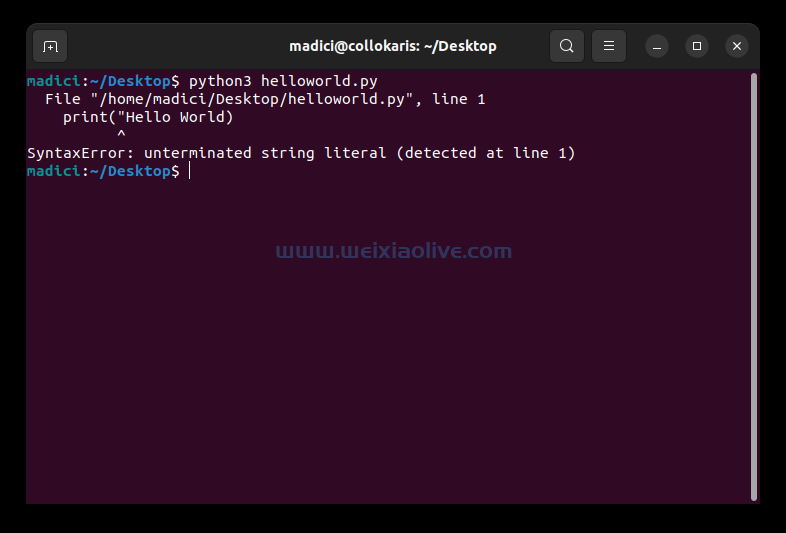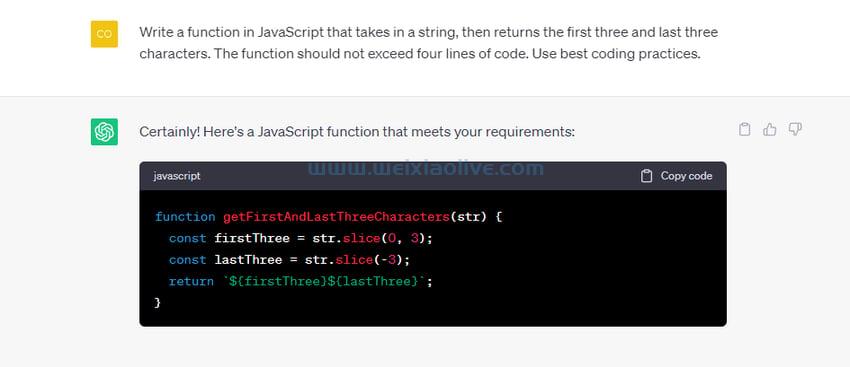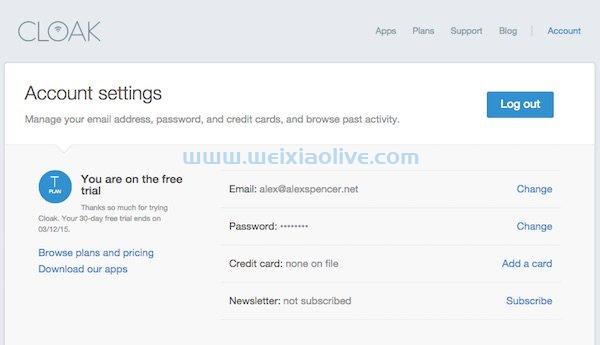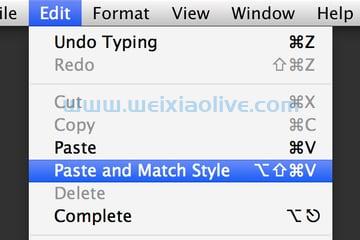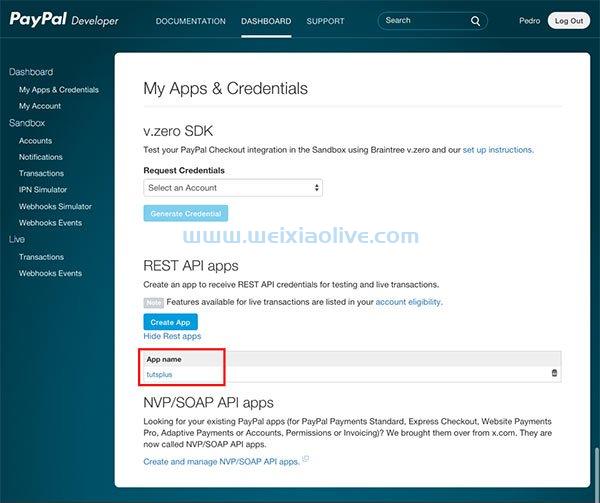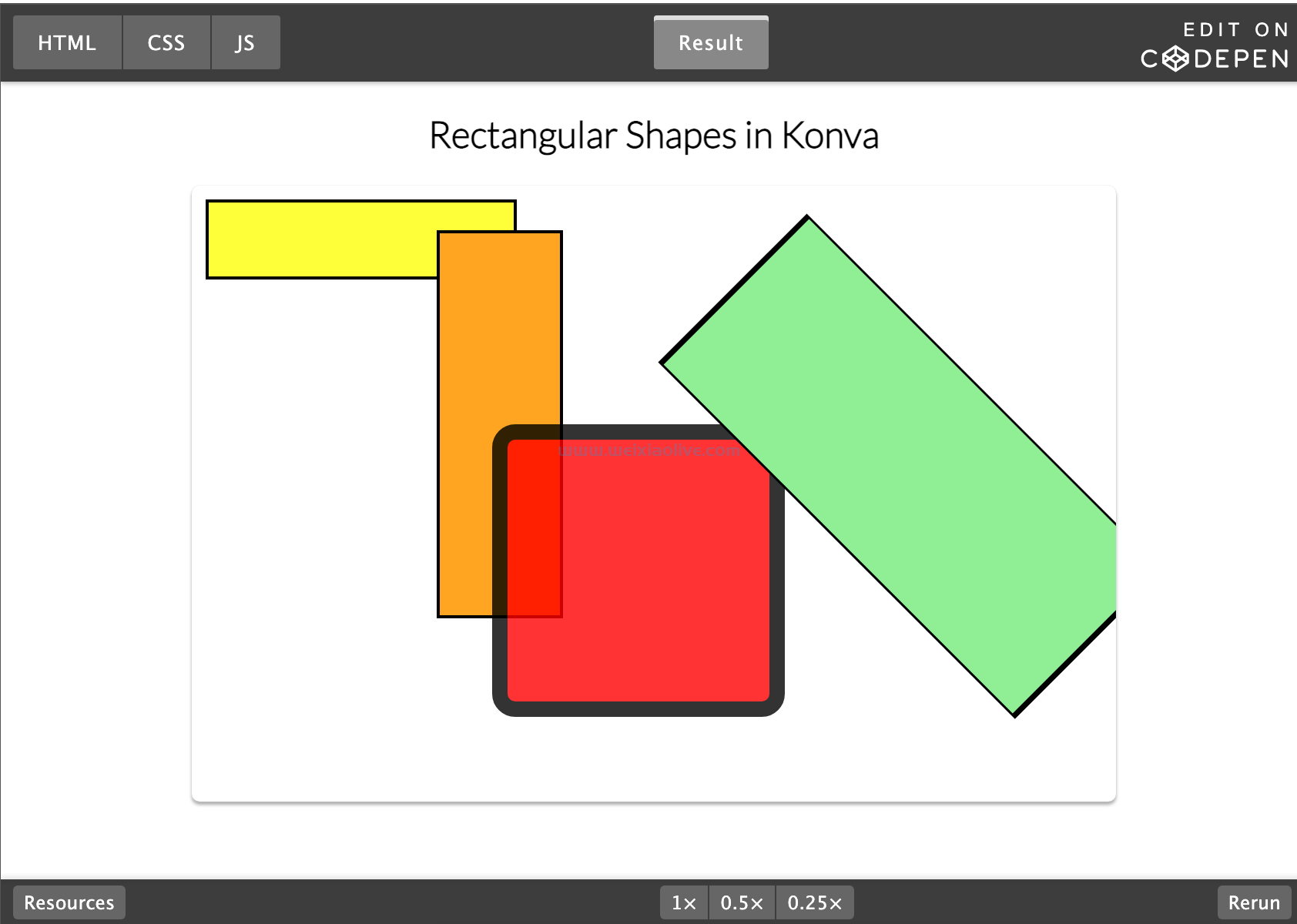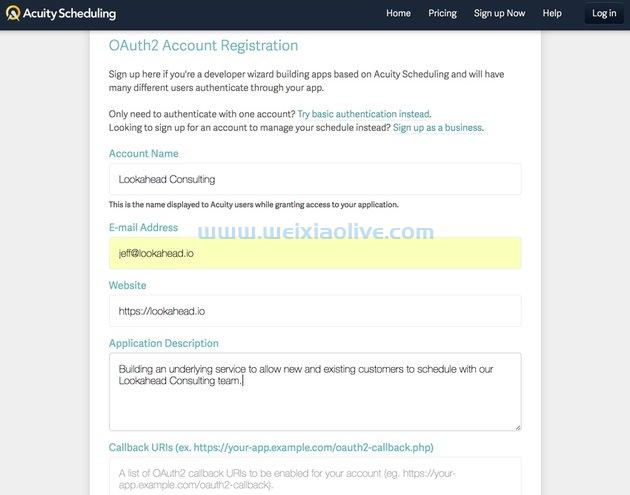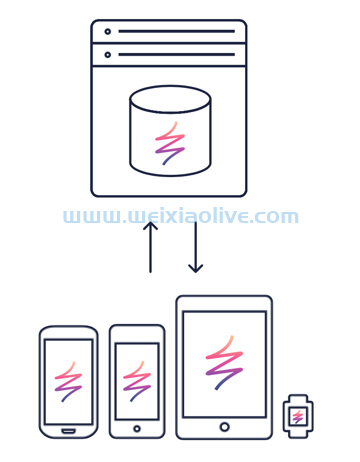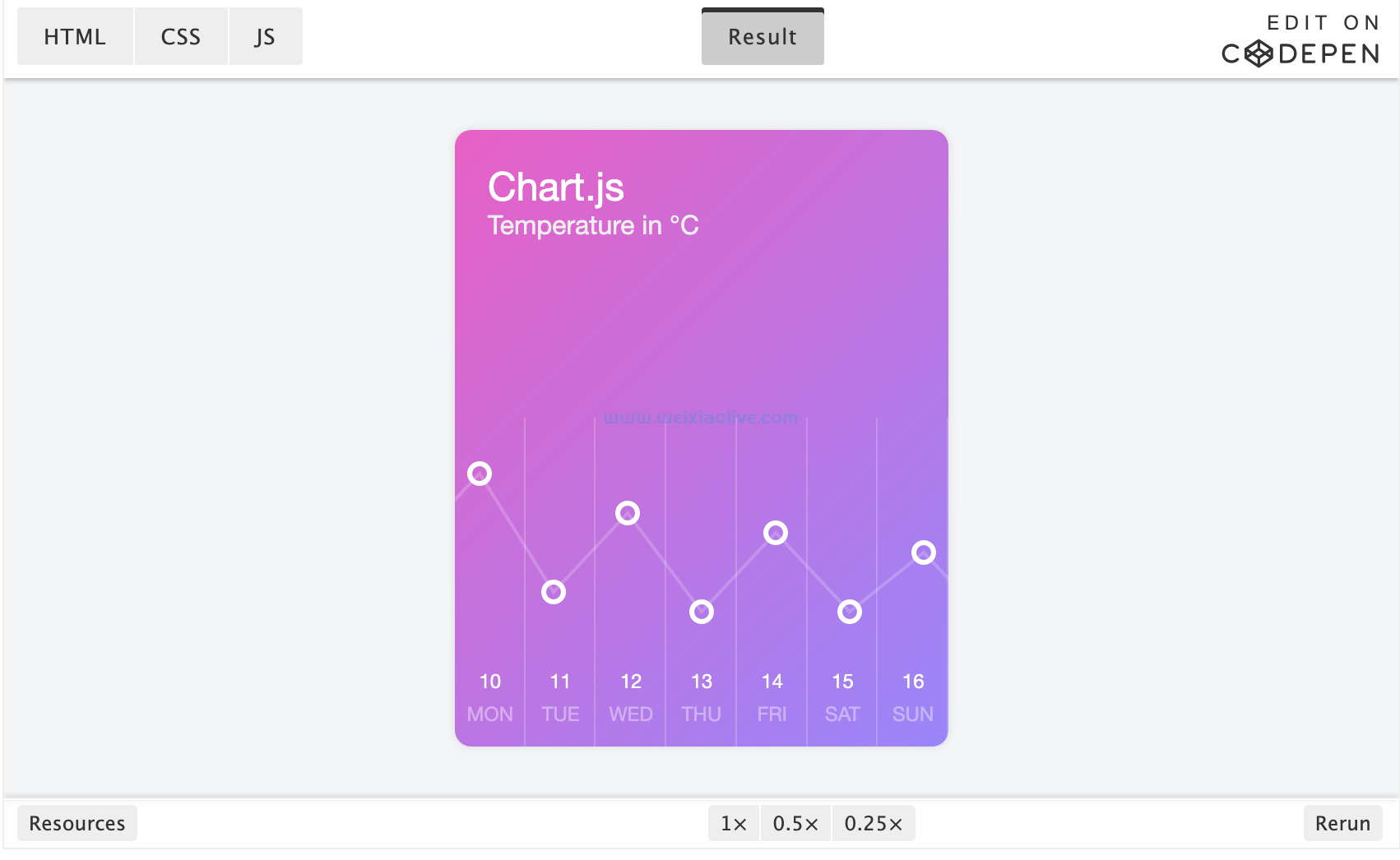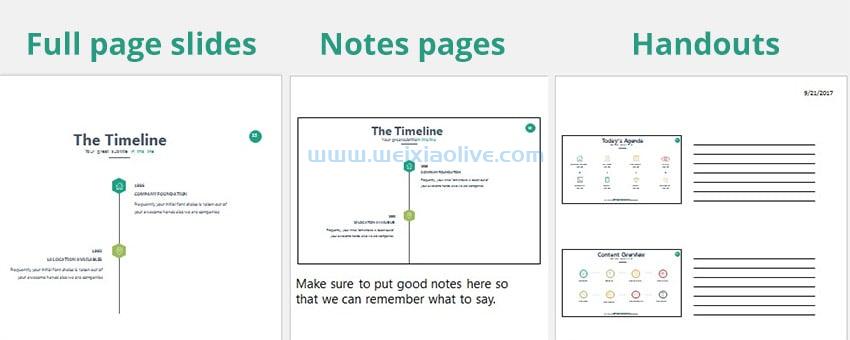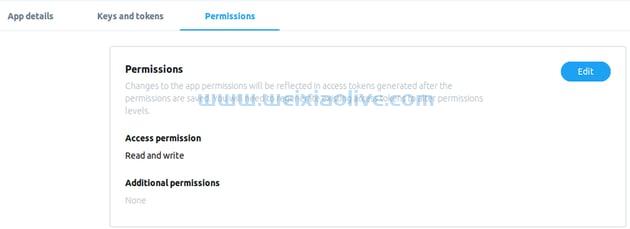什么是测试驱动开发?
测试驱动开发 (TDD) 仅仅意味着您首先编写测试。在编写单行业务逻辑之前,您就预先设定了对正确代码的期望。TDD 不仅可以帮助确保您的代码正确,还可以帮助您编写更小的函数,在不破坏功能的情况下重构您的代码,并更好地理解您的问题。
在本文中,我将通过构建一个小型实用程序来介绍 TDD 的一些概念。我们还将介绍一些实用场景ios,TDD 将使您的生活变得简单。
使用 TDD 构建 HTTP 客户端
我们将建造什么
我们将逐步构建一个抽象各种 HTTP 动词的简单 HTTP 客户端。为了使重构顺利进行,我们将遵循 TDD 实践。我们将使用 Jasmine、Sinon 和 Karma 进行测试。要开始使用,请从示例项目中复制 package.json、 karma.conf.js和webpack.test.js ,或者从 GitHub存储库中 克隆 示例项目。
如果您了解新的fetch api的工作原理,它会有所帮助,但示例应该很容易理解。对于初学者来说, Fetch API是 XMLHttpRequest 的更好替代方案。它简化了网络交互并与 Promises 配合得很好。
GET 的包装器
首先,在src/http.js创建一个空文件, 并在src/__tests__/http-test.js 下创建一个随附的测试文件 。
让我们为此服务设置一个测试环境。
import * as http from "../http.js";
import sinon from "sinon";
import * as fetch from "isomorphic-fetch";
describe("TestHttpService", () => {
describe("Test success scenarios", () => {
beforeEach(() => {
stubedFetch = sinon.stub(window, "fetch");
window.fetch.returns(Promise.resolve(mockApiResponse()));
function mockApiResponse(body = {}) {
return new window.Response(JSON.stringify(body), {
status: 200,
headers: { "Content-type": "application/json" }
});
}
});
});
});我们在这里同时使用 Jasmine 和 Sinon — Jasmine 定义测试场景,Sinon 断言和监视对象。(Jasmine 有自己的方式来监视和存根测试,但我更喜欢 Sinon 的 API。)
上面的代码是不言自明的。在每次测试运行之前,我们都会劫持对 Fetch API 的调用,因为没有可用的服务器,并返回一个模拟的 Promise 对象。这里的目标是单元测试是否使用正确的参数调用了 Fetch API,并查看包装器是否能够正确处理任何网络错误。
让我们从一个失败的测试用例开始:
describe("Test get requests", () => {
it("should make a GET request", done => {
http.get(url).then(response => {
expect(stubedFetch.calledWith(`${url}`)).toBeTruthy();
expect(response).toEqual({});
done();
});
});
});通过调用启动您的测试运行程序karma start。现在测试显然会失败,因为get. http让我们纠正一下。
const status = response => { if (response.ok) { return Promise.resolve(response); } return Promise.reject(new Error(response.statusText)); }; export const get = (url, params = {}) => { return fetch(url) .then(status); };
如果你现在运行你的测试,你会看到一个失败的响应说 Expected [object Response] to equal Object({ })。响应是一个Stream 对象。顾名思义,流对象都是一个数据流。要从流中获取数据,您需要先读取流,使用它的一些辅助方法。现在,我们可以假设流将是 JSON 并通过调用反序列化它response.json()。
const deserialize = response => response.json();
export const get = (url, params = {}) => {
return fetch(url)
.then(status)
.then(deserialize)
.catch(error => Promise.reject(new Error(error)));
};我们的测试套件现在应该是绿色的。
添加查询参数
到目前为止,该get方法只是进行了一个简单的调用,没有任何查询参数。让我们编写一个失败的测试,看看它应该如何处理查询参数。如果我们 { users: [1, 2], limit: 50, isDetailed: false } 作为查询参数传递,我们的 HTTP 客户端应该对/api/v1/users/?users=1&users=2&limit=50&isDetailed=false.
it("should serialize array parameter", done => {
const users = [1, 2];
const limit = 50;
const isDetailed = false;
const params = { users, limit, isDetailed };
http
.get(url, params)
.then(response => {
expect(stubedFetch.calledWith(`${url}?isDetailed=false&limit=50&users=1&users=2/`)).toBeTruthy();
done();
})
});现在我们已经设置好了测试,让我们扩展我们的get方法来处理查询参数。
import { stringify } from "query-string";
export const get = (url, params) => {
const prefix = url.endsWith('/') ? url : `${url}/`;
const queryString = params ? `?${stringify(params)}/` : '';
return fetch(`${prefix}${queryString}`)
.then(status)
.then(deserializeResponse)
.catch(error => Promise.reject(new Error(error)));
};如果参数存在,我们构造一个查询字符串并将其附加到 URL。
在这里,我使用了 查询字符串 库——它是一个很好的小助手库,有助于处理各种查询参数场景。
处理突变
GET 可能是最简单的 HTTP 实现方法。GET 是幂等的,它不应该用于任何突变。post通常用于更新服务器中的一些记录。这意味着 POST 请求默认需要一些防护机制,例如 CSRF 令牌。下一节将对此进行更多介绍。
让我们从构建一个基本 POST 请求的测试开始:
describe(`Test post requests`, () => {
it("should send request with custom headers", done => {
const postParams = {
users: [1, 2]
};
http.post(url, postParams, { contentType: http.HTTP_HEADER_TYPES.text })
.then(response => {
const [uri, params] = [...stubedFetch.getCall(0).args];
expect(stubedFetch.calledWith(`${url}`)).toBeTruthy();
expect(params.body).toEqual(JSON.stringify(postParams));
expect(params.headers.get("Content-Type")).toEqual(http.HTTP_HEADER_TYPES.text);
done();
});
});
});POST 的签名与 GET 非常相似。它需要一个options属性,您可以在其中定义标题、正文,最重要的是, method. 该方法描述了 HTTP 动词——在本例中, "post".
现在,让我们假设内容类型是 JSON 并开始执行 POST 请求。
export const HTTP_HEADER_TYPES = {
json: "application/json",
text: "application/text",
form: "application/x-www-form-urlencoded",
multipart: "multipart/form-data"
};
export const post = (url, params) => {
const headers = new Headers();
headers.append("Content-Type", HTTP_HEADER_TYPES.json);
return fetch(url, {
headers,
method: "post",
body: JSON.stringify(params),
});
};在这一点上,我们的post方法非常原始。它不支持 JSON 请求以外的任何内容。
替代内容类型和 CSRF 令牌
让我们让调用者决定内容类型,并将 CSRF 令牌扔进战斗中。根据您的要求,您可以将 CSRF 设为可选。在我们的用例中,我们将假设这是一个可选功能,并让调用者确定您是否需要在标头中设置 CSRF 令牌。
为此,首先将选项对象作为第三个参数传递给我们的方法。
it("should send request with CSRF", done => {
const postParams = {
users: [1, 2 ]
};
http.post(url, postParams, {
contentType: http.HTTP_HEADER_TYPES.text,
includeCsrf: true
}).then(response => {
const [uri, params] = [...stubedFetch.getCall(0).args];
expect(stubedFetch.calledWith(`${url}`)).toBeTruthy();
expect(params.body).toEqual(JSON.stringify(postParams));
expect(params.headers.get("Content-Type")).toEqual(http.HTTP_HEADER_TYPES.text);
expect(params.headers.get("X-CSRF-Token")).toEqual(csrf);
done();
});
});当我们提供 options 时 {contentType: http.HTTP_HEADER_TYPES.text,includeCsrf: true,它应该相应地设置内容头和 CSRF 头。让我们更新post函数以支持这些新选项。
export const post = (url, params, options={}) => {
const {contentType, includeCsrf} = options;
const headers = new Headers();
headers.append("Content-Type", contentType || HTTP_HEADER_TYPES.json());
if (includeCsrf) {
headers.append("X-CSRF-Token", getCSRFToken());
}
return fetch(url, {
headers,
method: "post",
body: JSON.stringify(params),
});
};
const getCsrfToken = () => {
//This depends on your implementation detail
//Usually this is part of your session cookie
return 'csrf'
}请注意,获取 CSRF 令牌是一个实现细节。通常,它是会话 cookie 的一部分,您可以从那里提取它。我不会在本文中进一步介绍它。
您的测试套件现在应该很高兴。
编码表格
我们的post方法现在已经成型了,但是在发送body的时候还是很琐碎的。您必须针对每种内容类型以不同的方式处理数据。在处理表单时,我们应该将数据编码为字符串,然后再通过网络发送。
it("should send a form-encoded request", done => {
const users = [1, 2];
const limit = 50;
const isDetailed = false;
const postParams = { users, limit, isDetailed };
http.post(url, postParams, {
contentType: http.HTTP_HEADER_TYPES.form,
includeCsrf: true
}).then(response => {
const [uri, params] = [...stubedFetch.getCall(0).args];
expect(stubedFetch.calledWith(`${url}`)).toBeTruthy();
expect(params.body).toEqual("isDetailed=false&limit=50&users=1&users=2");
expect(params.headers.get("Content-Type")).toEqual(http.HTTP_HEADER_TYPES.form);
expect(params.headers.get("X-CSRF-Token")).toEqual(csrf);
done();
});
});让我们提取一个小的辅助方法来完成这项繁重的工作。基于contentType,它以不同的方式处理数据。
const encodeRequests = (params, contentType) => {
switch (contentType) {
case HTTP_HEADER_TYPES.form: {
return stringify(params);
}
default:
return JSON.stringify(params);
}
}
export const post = (url, params, options={}) => {
const {includeCsrf, contentType} = options;
const headers = new Headers();
headers.append("Content-Type", contentType || HTTP_HEADER_TYPES.json);
if (includeCsrf) {
headers.append("X-CSRF-Token", getCSRFToken());
}
return fetch(url, {
headers,
method="post",
body: encodeRequests(params, contentType || HTTP_HEADER_TYPES.json)
}).then(deserializeResponse)
.catch(error => Promise.reject(new Error(error)));
};看那个!即使在重构核心组件之后,我们的测试仍然通过。
处理 PATCH 请求
另一个常用的 HTTP 动词是 PATCH。现在,PATCH 是一个可变调用,这意味着它对这两个动作的签名非常相似。唯一的区别在于 HTTP 动词。通过简单的调整,我们可以重用我们为 POST 编写的所有测试。
['post', 'patch'].map(verb => {
describe(`Test ${verb} requests`, () => {
let stubCSRF, csrf;
beforeEach(() => {
csrf = "CSRF";
stub(http, "getCSRFToken").returns(csrf);
});
afterEach(() => {
http.getCSRFToken.restore();
});
it("should send request with custom headers", done => {
const postParams = {
users: [1, 2]
};
http[verb](url, postParams, { contentType: http.HTTP_HEADER_TYPES.text })
.then(response => {
const [uri, params] = [...stubedFetch.getCall(0).args];
expect(stubedFetch.calledWith(`${url}`)).toBeTruthy();
expect(params.body).toEqual(JSON.stringify(postParams));
expect(params.headers.get("Content-Type")).toEqual(http.HTTP_HEADER_TYPES.text);
done();
});
});
it("should send request with CSRF", done => {
const postParams = {
users: [1, 2 ]
};
http[verb](url, postParams, {
contentType: http.HTTP_HEADER_TYPES.text,
includeCsrf: true
}).then(response => {
const [uri, params] = [...stubedFetch.getCall(0).args];
expect(stubedFetch.calledWith(`${url}`)).toBeTruthy();
expect(params.body).toEqual(JSON.stringify(postParams));
expect(params.headers.get("Content-Type")).toEqual(http.HTTP_HEADER_TYPES.text);
expect(params.headers.get("X-CSRF-Token")).toEqual(csrf);
done();
});
});
it("should send a form-encoded request", done => {
const users = [1, 2];
const limit = 50;
const isDetailed = false;
const postParams = { users, limit, isDetailed };
http[verb](url, postParams, {
contentType: http.HTTP_HEADER_TYPES.form,
includeCsrf: true
}).then(response => {
const [uri, params] = [...stubedFetch.getCall(0).args];
expect(stubedFetch.calledWith(`${url}`)).toBeTruthy();
expect(params.body).toEqual("isDetailed=false&limit=50&users=1&users=2");
expect(params.headers.get("Content-Type")).toEqual(http.HTTP_HEADER_TYPES.form);
expect(params.headers.get("X-CSRF-Token")).toEqual(csrf);
done();
});
});
});
});post类似地,我们可以通过使动词可配置 来重用当前方法,并重命名方法名称以反映通用的东西。
const request = (url, params, options={}, method="post") => {
const {includeCsrf, contentType} = options;
const headers = new Headers();
headers.append("Content-Type", contentType || HTTP_HEADER_TYPES.json);
if (includeCsrf) {
headers.append("X-CSRF-Token", getCSRFToken());
}
return fetch(url, {
headers,
method,
body: encodeRequests(params, contentType)
}).then(deserializeResponse)
.catch(error => Promise.reject(new Error(error)));
};
export const post = (url, params, options = {}) => request(url, params, options, 'post');现在我们所有的 POST 测试都通过了,剩下的就是为patch.
export const patch = (url, params, options = {}) => request(url, params, options, 'patch');很简单,对吧?作为练习,尝试自己添加一个 PUT 或 DELETE 请求。如果您遇到困难,请随时参考 repo。
何时进行 TDD?
社区对此存在分歧。一些程序员一听到 TDD 这个词就逃跑并隐藏起来,而另一些程序员则靠它生活。只需拥有一个好的测试套件,您就可以实现 TDD 的一些有益效果。这里没有正确的答案。这完全取决于您和您的团队对您的方法的满意程度。
根据经验,我使用 TDD 来解决我需要更清楚的复杂、非结构化的问题。在评估一种方法或比较多种方法时,我发现预先定义问题陈述和边界很有帮助。它有助于明确您的功能需要处理的需求和边缘情况。如果案例数量过多,则表明您的程序可能做的事情太多,也许是时候将其拆分为更小的单元了。如果需求很简单,我会跳过 TDD 并稍后添加测试。
- 我们将建造什么
- GET 的包装器
- 添加查询参数
- 处理突变
- 替代内容类型和 CSRF 令牌
- 编码表格
- 处理 PATCH 请求


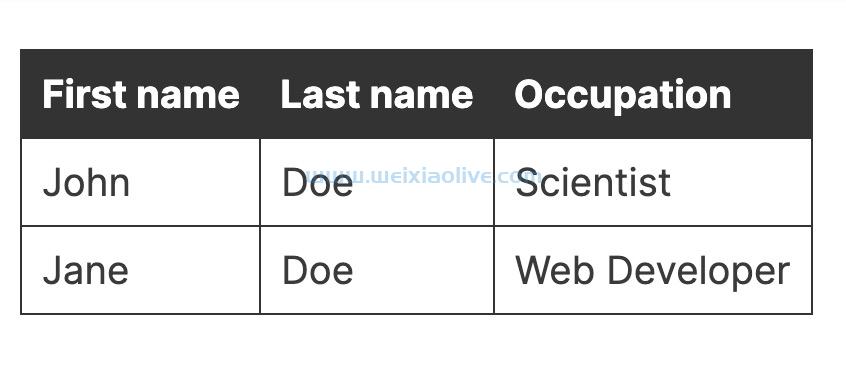


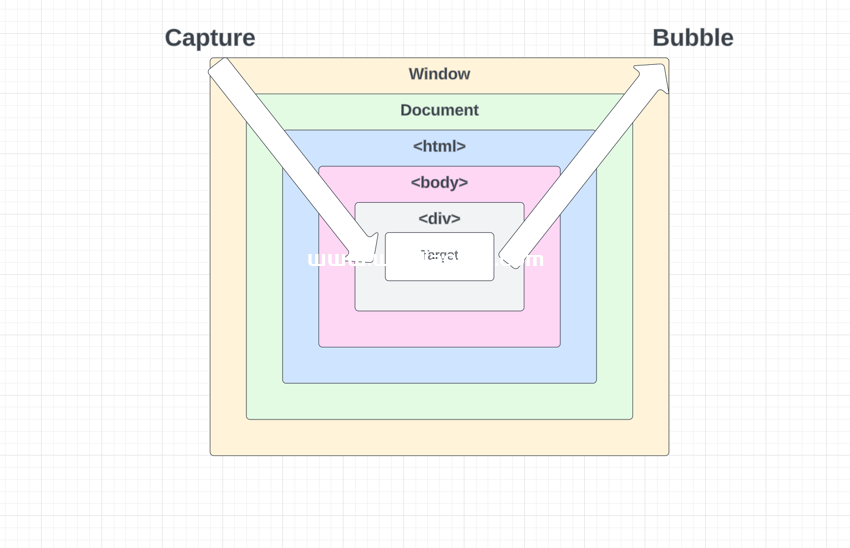


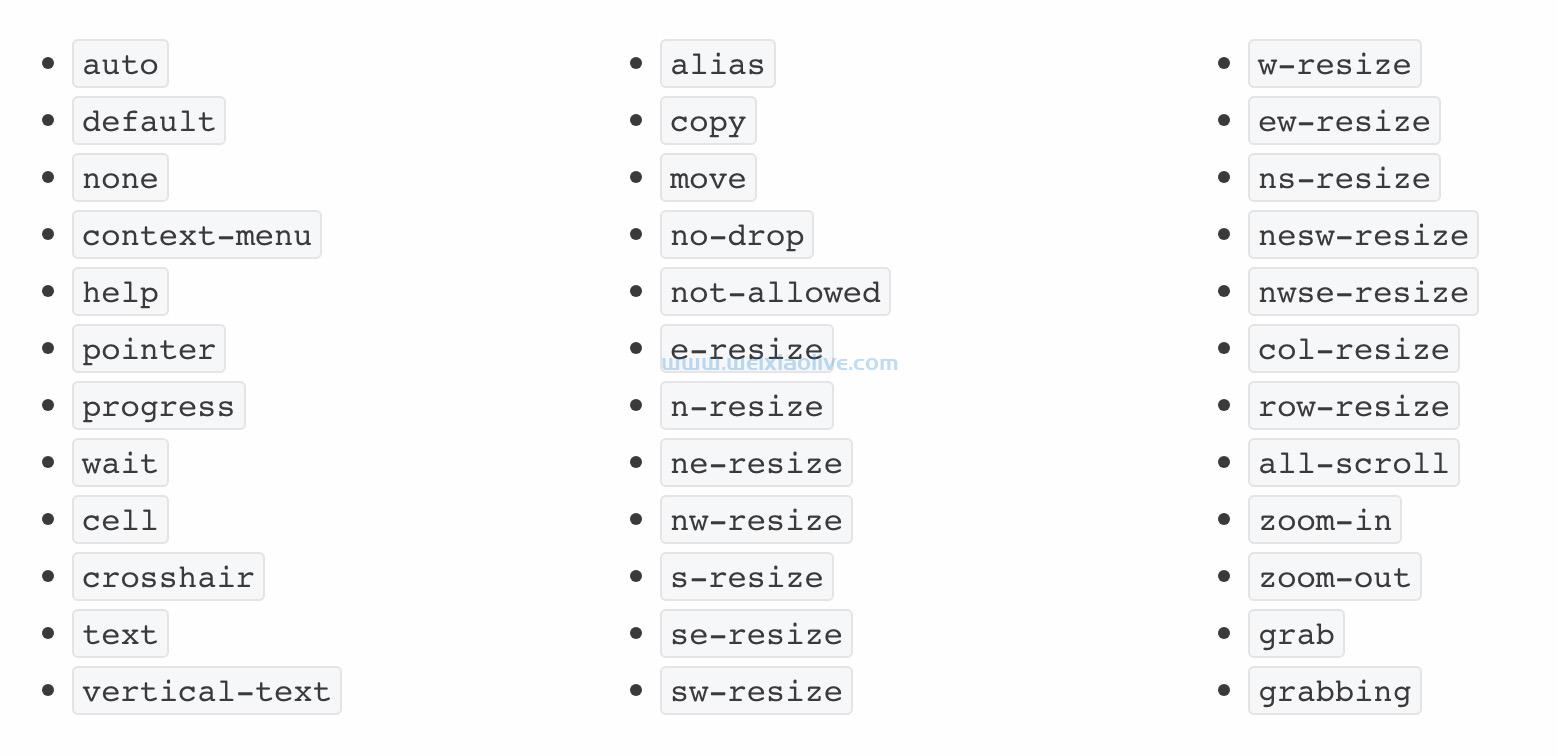
![如何删除Word中的空白页[4种简单方法] 如何删除Word中的空白页[4种简单方法]](https://www.weixiaolive.com/en/zb_users/upload/2023/07/20230702124855168827333590644.png)

